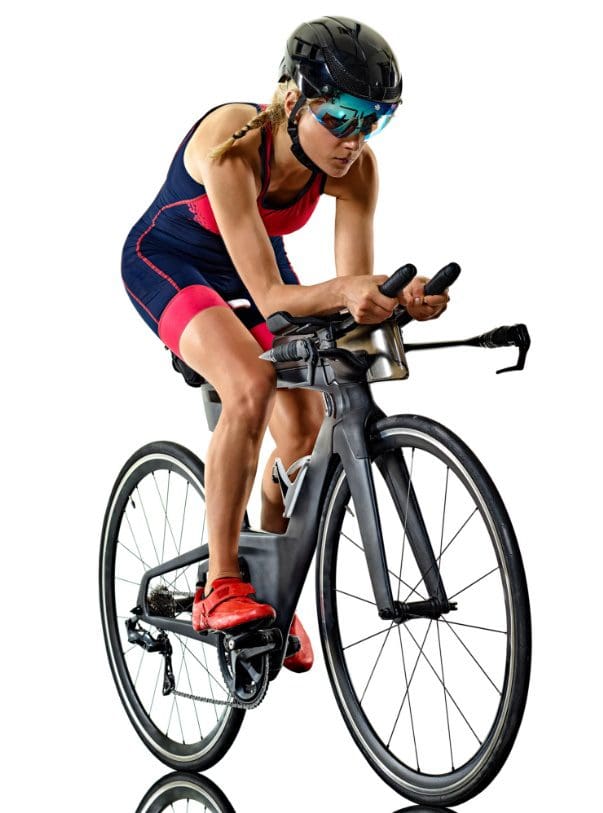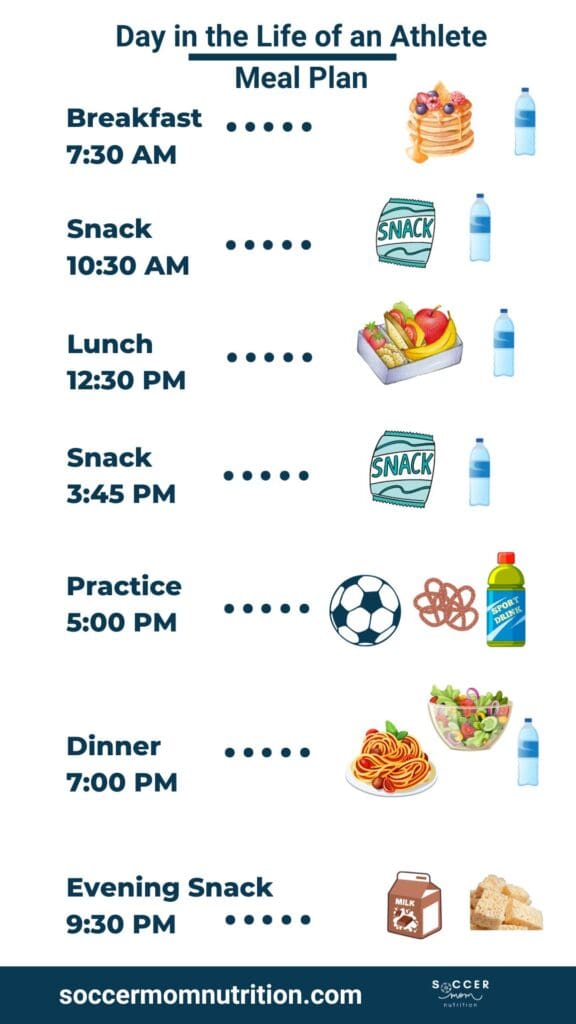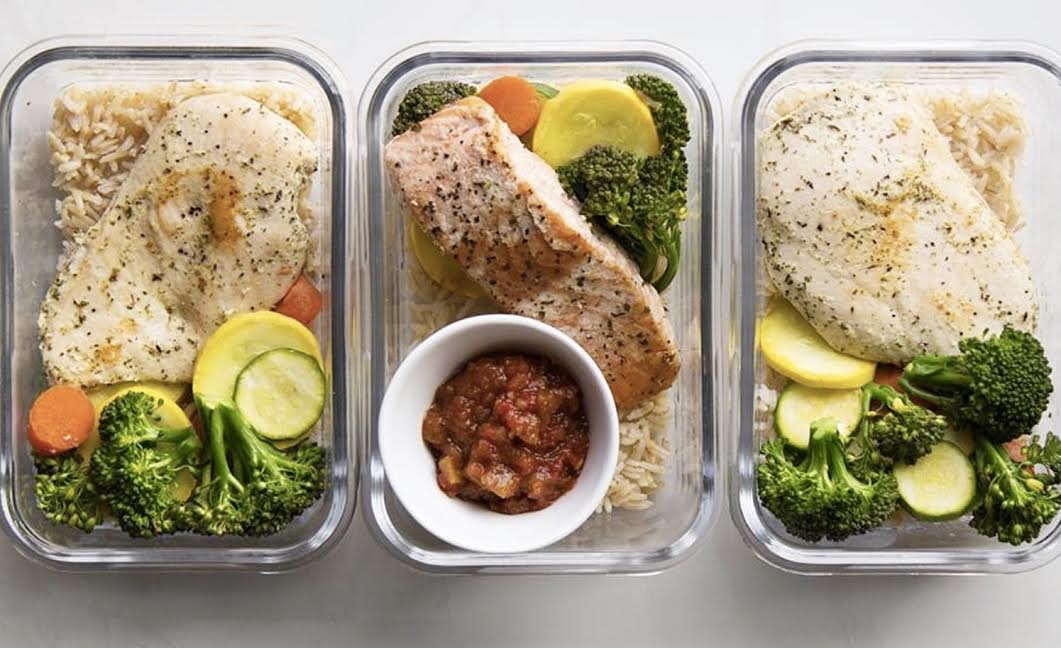Sports
9 Crucial Hydration Techniques for Long-Distance Runners to Go the Distance


Proper hydration is an essential component of long-distance running, significantly impacting an athlete’s performance and overall well-being.
Long-distance runners face the challenge of maintaining fluid balance and electrolyte levels while enduring physical exertion over extended periods.
As such, understanding and implementing effective hydration techniques is crucial for success in this demanding sport. Whether it’s optimizing pre-race hydration, strategizing mid-race refueling, or devising a personalized hydration plan, there are numerous factors to consider.
These techniques could mean the difference between hitting the wall and crossing the finish line with strength and determination.
Key Takeaways
- Proper hydration and electrolyte balance are crucial for long-distance runners to maintain optimal performance and prevent issues such as muscle cramps and fatigue.
- Pre-race hydration techniques, including gradually increasing fluid intake and consuming 16-20 ounces of fluid 2-3 hours before the race, are important for ensuring proper hydration.
- Mid-race refueling strategies, such as consuming carbohydrates and staying hydrated with water or sports drinks, help replenish energy stores and prevent dehydration and muscle fatigue.
- Post-race recovery fluids that contain carbohydrates, electrolytes, and protein aid in replenishing essential nutrients, restoring energy levels, promoting muscle repair, and facilitating overall recovery.
Electrolyte Balance
Maintaining proper electrolyte balance is essential for long-distance runners to support optimal muscle function and prevent dehydration-related complications during extended periods of physical exertion. Electrolytes, such as sodium, potassium, calcium, and magnesium, play a crucial role in regulating muscle contractions, nerve function, and fluid balance within the body.
When running long distances, especially in hot or humid conditions, the body loses electrolytes through sweat. This loss can lead to muscle cramps, fatigue, and decreased performance if not adequately replaced. Therefore, long-distance runners must focus not only on hydration but also on replenishing electrolytes to ensure peak physical condition.
To maintain electrolyte balance, long-distance runners should consider consuming electrolyte-rich foods and drinks, such as bananas, nuts, and sports drinks. Additionally, incorporating electrolyte supplements or tablets into their hydration strategy can help meet specific electrolyte needs during intense training sessions or races.
It is crucial for runners to listen to their bodies and adjust their electrolyte intake based on individual sweat rates and environmental conditions. By prioritizing electrolyte balance, long-distance runners can minimize the risk of dehydration and enhance their overall performance and endurance.
Fluid Intake
When it comes to long-distance running, fluid intake is a critical aspect of performance and overall well-being. Proper hydration timing and maintaining electrolyte balance are essential for sustaining endurance and preventing dehydration-related issues.
Hydration Timing
To optimize performance and prevent dehydration during long-distance running, it is crucial for runners to strategically consume fluids at regular intervals throughout their training or race. Hydration timing plays a pivotal role in maintaining endurance and overall well-being.
During training, it is recommended to drink about 5-10 ounces of water or a sports drink every 15-20 minutes. However, individual fluid needs may vary, so it’s essential for runners to practice and determine their personalized hydration strategy during training runs.
When it comes to race day, it’s important to adhere to a similar hydration schedule that aligns with the miles covered and environmental conditions. By staying attuned to their body’s signals and consistently replenishing fluids, long-distance runners can sustain their energy levels and push through the physical demands of their endurance endeavors.
Electrolyte Balance
Adequate fluid intake is essential for maintaining electrolyte balance and supporting optimal performance in long-distance running. When running long distances, the body loses essential electrolytes through sweat, which can lead to muscle cramps, fatigue, and decreased performance.
It’s crucial for long-distance runners to not only focus on water intake but also to replenish electrolytes lost during the run. This can be achieved by consuming electrolyte-rich drinks or supplements. Sports drinks containing sodium, potassium, and other electrolytes can help maintain the body’s electrolyte balance during prolonged physical activity.
Additionally, consuming foods high in electrolytes, such as bananas, nuts, and leafy greens, can also contribute to maintaining proper electrolyte levels. Finding the right balance of fluid intake and electrolyte replenishment is key to sustaining energy and endurance during long-distance runs.


Pre-Race Hydration
When it comes to preparing for a long-distance race, proper pre-race hydration is essential for optimal performance. This involves carefully timing fluid intake to ensure adequate hydration without overloading the body.
Additionally, maintaining electrolyte balance is crucial for preventing dehydration and maintaining muscle function during the race.
Fluid Intake Timing
Proper hydration before a long-distance race is crucial for optimal performance. It should be strategically timed to ensure adequate fluid levels without causing discomfort or the need for frequent restroom breaks.
It’s recommended to start the hydration process 24 hours before the race. Begin by increasing fluid intake, focusing on water and electrolyte-rich beverages.
Approximately 2-3 hours before the race, consume 16-20 ounces of fluid to guarantee proper hydration without overloading the stomach. This allows for adequate time to excrete any excess fluid before the race begins.


It’s important to monitor urine color to ensure optimal hydration. Additionally, consider consuming a small amount of water right before the race starts to maintain hydration levels.
Electrolyte Balance
To achieve optimal pre-race hydration, maintaining a balanced electrolyte level is essential for long-distance runners. Electrolytes, such as sodium, potassium, and magnesium, play a crucial role in regulating fluid balance, muscle function, and nerve impulses.
Depletion of these essential minerals through sweat during long-distance running can lead to muscle cramps, fatigue, and impaired performance. It is important for long-distance runners to focus not only on fluid intake but also on replenishing electrolytes before a race.
Consuming electrolyte-rich drinks or snacks, such as coconut water, sports drinks, bananas, or nuts, in the hours leading up to the race can help ensure that the body’s electrolyte levels are adequately balanced. This proactive approach can contribute to improved performance and overall well-being during long-distance running.
Mid-Race Refueling
During a long-distance race, reenergizing your body with the right balance of carbohydrates and electrolytes is crucial for maintaining peak performance.


Mid-race refueling is essential for replenishing energy stores and preventing dehydration and muscle fatigue. When planning mid-race refueling, it’s important to consider the timing, quantity, and type of fuel to consume.
Aim to consume 30-60 grams of carbohydrates per hour, depending on the intensity and duration of the race. Portable, easily digestible snacks like energy gels, chews, or sports drinks are convenient options for mid-race refueling.
It’s vital to practice with these fuel sources during training to ensure they sit well with your stomach and provide the necessary energy without causing gastrointestinal distress.
Additionally, staying hydrated during the race is equally important. Sipping on water or a sports drink at regular intervals can help maintain fluid balance and prevent the negative effects of dehydration on performance.
Experimenting with different refueling strategies during training runs can help you determine the most effective approach for your individual needs, ensuring that you have the energy to power through the entire race.
Recovery Fluids
As you continue to prioritize your mid-race refueling to sustain optimal performance, it’s imperative to also focus on the post-race recovery fluids that aid in replenishing your body’s essential nutrients and rehydration.
After completing a long-distance run, your body requires proper replenishment to support muscle recovery and overall well-being. Choosing the right recovery fluids is crucial for restoring electrolyte balance, refueling energy stores, and facilitating muscle repair.
Hydration plays a key role in the recovery process. Opt for fluids that contain a mix of water, carbohydrates, and electrolytes to effectively rehydrate your body. Electrolytes such as sodium and potassium are vital for restoring the balance of minerals lost through sweat during the run. Including protein in your recovery fluid can also aid in muscle repair and growth.
Popular recovery fluid options include sports drinks, coconut water, and chocolate milk. These beverages provide a combination of carbohydrates, electrolytes, and protein, making them effective choices for post-race recovery. Additionally, consuming water alongside these fluids can further enhance the rehydration process.
It’s essential to experiment with different fluids during training to determine which options work best for your body. Ensuring that you replenish your body with the right recovery fluids is a critical component of long-distance running that can support your overall performance and well-being.


Personalized Hydration Plan
Crafting a personalized hydration plan tailored to your individual needs and performance goals is essential for optimizing your long-distance running experience. Your hydration needs depend on various factors such as sweat rate, weather conditions, and personal physiology.
To create a personalized plan, start by determining your sweat rate. Weigh yourself before and after a run to estimate how much fluid you lose through sweat. This will help you gauge how much you need to drink to maintain proper hydration levels during your runs.
Additionally, consider the duration and intensity of your runs. For longer runs, especially in hot conditions, you’ll need to consume more fluids. Experiment with different hydration strategies during your training runs to find out what works best for you.
Keep in mind that individual fluid preferences vary, so choose beverages that you enjoy and that sit well with your stomach.
Ultimately, a personalized hydration plan will help you perform at your best and enjoy the freedom of long-distance running without the hindrance of dehydration.


Water Vs. Sports Drinks
To optimize your personalized hydration plan, it’s important to consider the benefits and drawbacks of water versus sports drinks for long-distance running.
- Water
- Advantages:
- Readily available and cost-effective, making it easily accessible during long runs
- Pure and natural, without added sugars or artificial ingredients, making it a healthy choice for hydration
- Disadvantages:
- Lacks electrolytes, which are essential for maintaining proper muscle function and preventing dehydration during prolonged exercise
- May lead to hyponatremia if consumed in excessive amounts, diluting the body’s sodium levels
- Sports Drinks
- Advantages:
- Contain electrolytes like sodium and potassium, aiding in maintaining proper hydration and replacing lost minerals through sweating
- Provide carbohydrates for energy, helping to sustain endurance during extended workouts
- Disadvantages:
- Often contain added sugars and artificial flavors, which can be less healthy than water
- More expensive than water and may not be as readily available during long runs in certain locations
When deciding between water and sports drinks, it’s crucial to consider individual preferences, training intensity, and environmental conditions. While water is a simple and economical choice, sports drinks offer added benefits specifically tailored for long-distance running.
Dehydration Prevention
To prevent dehydration during long-distance running, it is essential to maintain a carefully balanced fluid intake that considers individual sweat rates, environmental conditions, and electrolyte replenishment. Dehydration can severely impact a runner’s performance and health, and therefore, effective prevention strategies are crucial.
Firstly, understanding individual sweat rates is vital. This can be determined by weighing yourself before and after a run to gauge fluid loss.
Environmental conditions, such as temperature and humidity, also play a significant role. In hotter and more humid climates, the body’s cooling system has to work harder, leading to increased sweat rates and the need for higher fluid intake.


Electrolyte replenishment is another key factor in dehydration prevention. Electrolytes, such as sodium and potassium, are lost through sweat and need to be adequately replaced to maintain proper muscle function and hydration levels. Incorporating electrolyte-rich drinks or snacks into a long-distance running strategy can help mitigate the risk of dehydration.
Sweat Rate Calculation
Understanding individual sweat rates is essential for long-distance runners to effectively prevent dehydration and optimize their performance. By calculating your sweat rate, you can tailor your hydration strategy to meet your specific needs, ensuring that you maintain peak performance throughout your run.
Here’s how to calculate your sweat rate:
- Pre-weighing: Before your run, weigh yourself without clothing to get your baseline weight. This will give you a starting point to measure how much fluid you lose during exercise.
- Post-weighing: After your run, weigh yourself again without clothing. The difference between your pre- and post-run weights, combined with the amount of fluid you consumed during the run, will give you an accurate measure of your sweat rate.
Frequently Asked Questions
Can I Use Coconut Water as a Replacement for Sports Drinks During Long-Distance Running?
While coconut water can be a good source of hydration due to its natural electrolytes, it may not provide the same level of carbohydrates and sodium as sports drinks, which are essential for long-distance running. It could be used as a supplementary hydration option.
What Are the Best Ways to Rehydrate After a Long-Distance Run to Prevent Muscle Cramps?
After a long-distance run, rehydration is crucial to prevent muscle cramps. The best ways to rehydrate include consuming electrolyte-rich fluids such as sports drinks or coconut water, along with water to replenish lost fluids and electrolytes.


Are There Any Specific Hydration Techniques for Running in Hot and Humid Conditions?
Hydration in hot and humid conditions is vital for long-distance runners. To combat increased sweat and fluid loss, focus on frequent sips of water, consider electrolyte drinks, and adjust pace to minimize overheating. Pre-hydration and post-run rehydration are equally important.
How Can I Determine My Individual Sweat Rate to Tailor My Hydration Plan Accordingly?
Determining your individual sweat rate is crucial for tailoring a personalized hydration plan. To calculate this, weigh yourself before and after a run to measure fluid loss. Divide the difference by the hours exercised to gauge your sweat rate and adjust hydration accordingly.
Are There Any Specific Recovery Fluids or Drinks That Can Help With Post-Run Hydration and Muscle Recovery?
Post-run hydration and muscle recovery can be aided by drinks containing electrolytes and carbohydrates to replenish lost nutrients and aid in muscle repair. It’s important to choose options that align with individual dietary and nutritional needs.


Hi, I’m Kyle Rivera, a news journalist and blog editor with the Daily Evening News. A TCU alum with a flair for storytelling, I spend my days uncovering impactful stories and my evenings exploring the realms of yoga, cycling, and whimsically bad poetry.
Travel is my escape; I’ve trekked from Tokyo’s neon lights to Iceland’s tranquil vistas. But no journey is complete without Mogli, my Golden Retriever, who’s redefining his breed standards in the most charming ways.
I love connecting with fellow travelers, yogis, cyclists, and anyone who enjoys a laugh at my poetic attempts. If you’re into stories that inspire, travel escapades, or just want to see what Mogli and I are up to, I’d love to hear from you on Instagram or Facebook. Let’s share tales and tips from around the globe!

